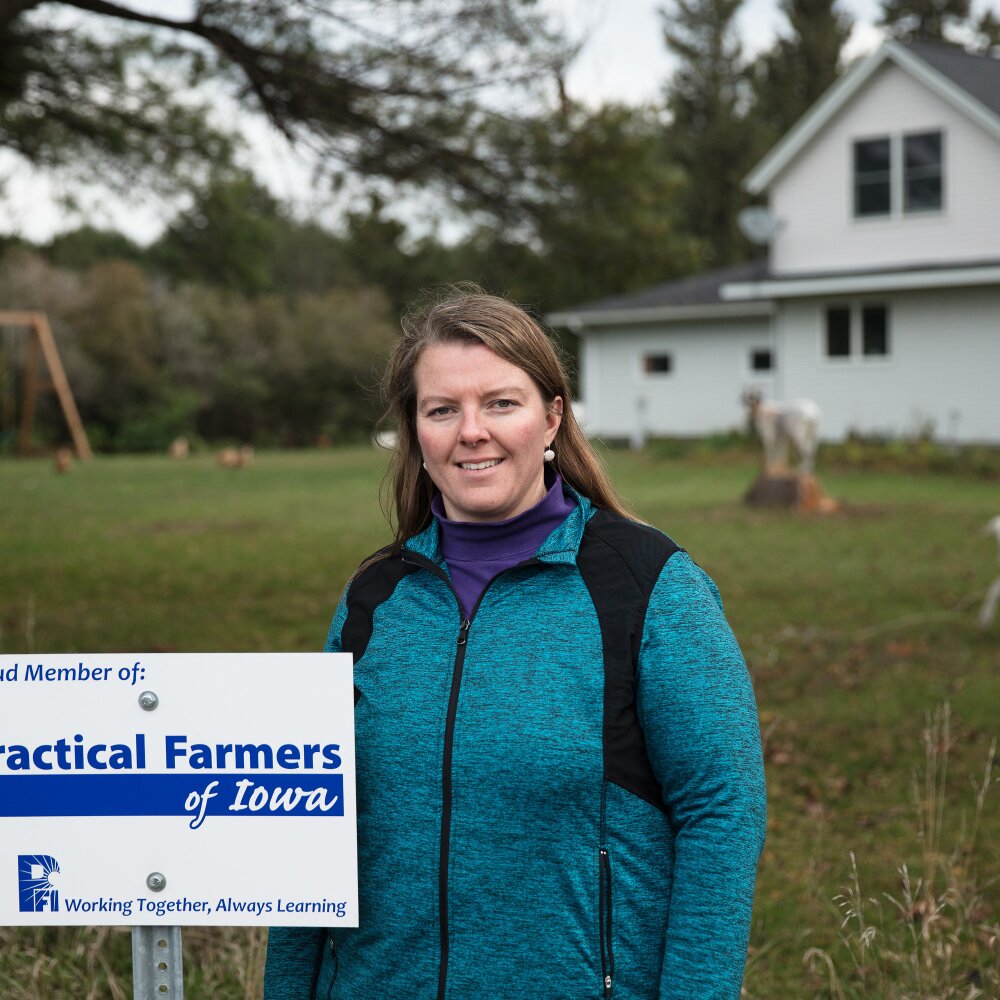Few moments in recent history have caused the level of societal upheaval that occurred when COVID-19 shut the country down in March 2020.
In those chaotic early days of the pandemic, it felt a bit like the world had shifted on its axis. Streets emptied. Schools shuttered. Theater marquees went dark. People stayed home – and stayed apart.
The unprecedented moment required an unprecedented response across sectors –government, private, nonprofit and charitable – as we collectively struggled to educate our children, sustain our livelihoods and ensure those in need could access basic necessities from food to personal protective equipment.
As the scale of the crisis became clear, the Walton Family Foundation created a $35-million relief fund to help those closest to the problems created by the pandemic – our grantees – respond.
The fund supported organizations across all three of the foundation’s program areas, including schools transitioning students to online instruction, environment organizations ensuring we have clean and abundant water, and arts and community groups improving quality of life in our Home Region.
For some grantees, particularly small organizations, COVID-19 posed an existential challenge to their operations. For all, it risked impairing the essential work they do to create opportunity for the people and communities they serve.
In every case, they needed help. Fast.
For the foundation, the distribution of $35 million in emergency grants posed some unique challenges. We believe in strategic philanthropy that seeks to set clear goals, and then collect evidence that helps us learn, adapt and continuously improve as grantmakers and community partners. The foundation has provided emergency grants in the past, following catastrophic events like hurricanes, but the scale of this emergency required us to adapt our grantmaking to meet a very different moment.
So, how did it go?
The foundation’s Strategy, Learning, and Evaluation Department (SLED) engaged Public Profit, an evaluation and strategy firm, to conduct a retrospective evaluation to assess the relief fund’s impact, help us learn what went well and understand how to improve in the future.
Through a review of grantee reports, a grantee survey and interviews, and interviews with foundation staff, the evaluation concluded the COVID relief fund met its most important goal – delivering significant support to people and communities in a timely fashion.
The grants directly reached more than 800,000 children and 35,000 households at a time of great need. The funds enabled schools to provide students with more than 10,000 chromebooks and 12,000 wifi hotspots, expanding their ability to access instruction. They also supported distribution of 170,000 meals and more than 65,000 items of personal protective equipment to communities.
Beyond those concrete statistics, our evaluation also provided important insights into the decisions we made about who, how and when to fund – some of which were not apparent at the time.
In retrospect, we realize our distribution of relief funds was an exercise in managing polarities as we sought the greatest impact possible at a time of great uncertainty.
As Carl Jung said, “there is no energy unless there is a tension of opposites.” That dynamic tension was evident as the foundation decided:
- Whether it was better to act fast, and possibly miss some high impact opportunities that would come later, or act slow and risk failing to meet urgent grantee needs;
- Whether to be more responsive and seek to alleviate the immediate challenges of the pandemic or to be more strategic in our funding to support longer term resilience and sustainability;
- Whether to focus on working with existing grantees or seek out new partners.
In the end, we did our best to balance these competing values which we now view more as polarities than problems that had a correct answer.
The foundation prioritized getting funds out the door quickly. Timing was critical: in our survey 40% of grantees said they were considering laying off employees and 60% said they were considering cutting programming in March 2020.
By simplifying and expediting our grant application process, many grantees received emergency funding before they were able to secure federal Paycheck Protection Program (PPP) funding, giving them an important lifeline. Arts organizations and educational networks were among the earliest recipients.
However, with speed came tradeoffs. The foundation got money to grantees quickly but sometimes missed the opportunity to provide relief for needs that emerged a few months later, our evaluation found.
The pandemic has been a time of trial for the philanthropic and nonprofit sectors – but also a time of learning.
Within the Environment program – and some parts of our Education program – the foundation took more time to understand the landscape of grantee need beyond the initial disruptions caused by the pandemic.
Looking to the future, our evaluators recommend a staggered response during crisis, disbursing initial funds quickly but reserving some funds for needs that emerge later.
In the service of speed, the foundation opted to work primarily with existing grantees with whom we already had established relationships and could reach communities more quickly. By doing this, we limited our risk. We recognize now that we may also have limited our impact, because in some cases identifying new grantees may have produced more innovative approaches to providing relief.
While we strove to be responsive, these grants also advanced the foundation’s strategic goals. Our K-12 Education program funded school networks already identified under the foundation’s 2025 strategy. Some of those emergency funds have produced innovations – from learning pods to hybrid in-person and online school models – that will last beyond the pandemic.
Not only did relief grants enable grantees to continue their missions during the early months of the pandemic by being responsive to immediate challenges, they also created ripple effects as organizations adapted and innovated by applying a strategic lens around long-term resilience.
In Northwest Arkansas, the arts and fashion nonprofit INTERFORM used relief funds to engage diverse communities in emergency mask production. That work has helped the organization build the capacity to support designers from underserved communities to produce their own clothing.
The pandemic has been a time of trial for the philanthropic and nonprofit sectors – but also a time of learning. The COVID-19 relief fund was an opportunity for us to try different giving tactics and gain important new insights about our work, including how to better leverage polarities in service of social and environmental impact.
In the process, we have learned it is possible – even desirable – to be both fast and slow, responsive and strategic, and to act urgently but also deliberately during a crisis. That may be the most important lesson that the foundation gained from our experiences with the COVID relief fund that will help us be more effective in the future.



